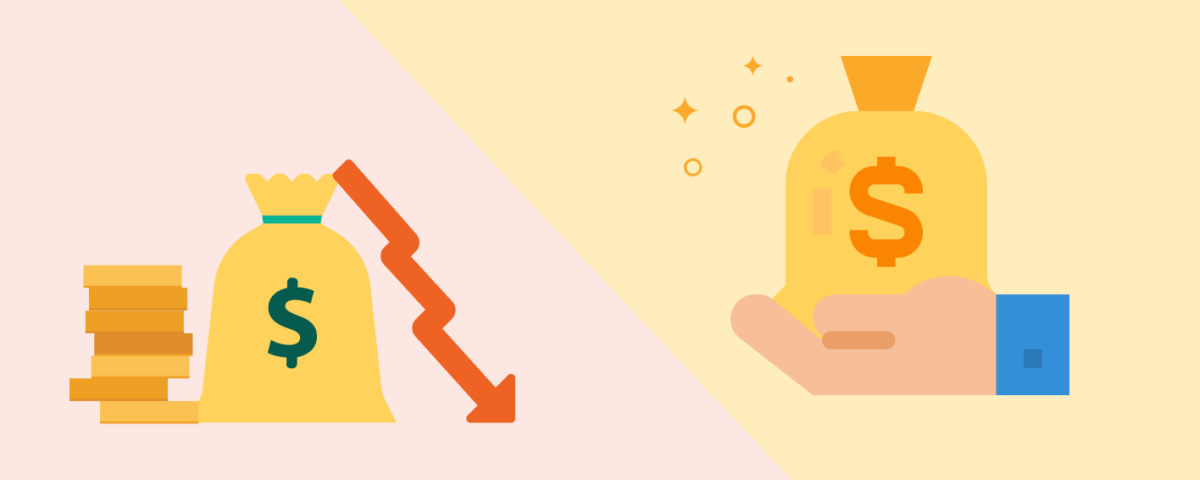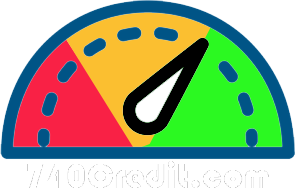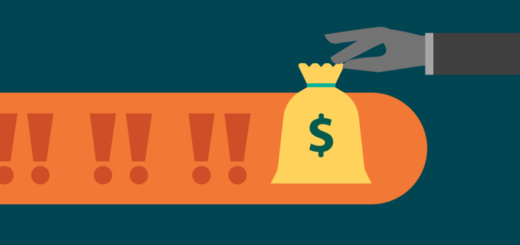How to Get a Personal Loan After Bankruptcy
Our goal is to give you the tools and confidence you need to improve your finances. Although we receive compensation from our partner lenders, whom we will always identify, all opinions are our own. Credible Operations, Inc. NMLS # 1681276, is referred to here as “Credible.”
While bankruptcy can sometimes be the right choice for managing debilitating debt, it’s also one of the most damaging items to have on your credit report.
Because of this, it could be very difficult to take out a new loan after you’ve filed for bankruptcy. However, keep in mind that there are several lenders willing to work with borrowers who have bad credit — for example, you might still be able to qualify for a personal loan after bankruptcy with certain lenders, depending on your credit.
Here’s what you should know about getting a personal loan after bankruptcy:
Can you get approved for a personal loan after bankruptcy?
After filing for Chapter 7 or Chapter 13 bankruptcy, your credit score could drop by 130 to 200 points, depending on the credit score you had before filing. For example, if you had a credit score of 700, you could end up with a score of 500 following bankruptcy.
Most personal loans require borrowers to have good to excellent credit — a good credit score is usually considered to be 700 or higher. There are also several lenders that offer personal loans for bad credit, which means you might still be able to get approved after bankruptcy.
However, these loans tend to come with higher interest rates compared to good credit loans.
But as time goes on, these negative items will generally have less and less of an impact on your overall credit score.
8 personal loans after filing for bankruptcy
If you’re considering a personal loan after bankruptcy, it’s important to compare as many lenders as possible. This way, you can find the right loan for your situation.
The following Credible partners offer personal loans for bad credit, which means you might be eligible after bankruptcy depending on your credit.
| Lender | Fixed rates | Loan amounts | Min. credit score | Loan terms (years) |
|---|---|---|---|---|
 |
9.95% – 35.99% APR | $2,000 to $35,000** | 550 | 2, 3, 4, 5* |
|
||||
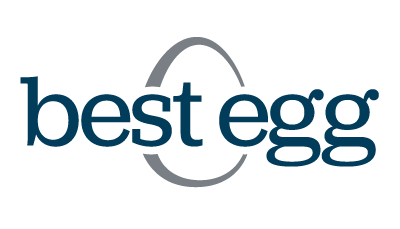 |
4.99% – 35.99% APR | $5,000 to $35,000 | 600 | 2, 3, 4, 5 |
|
||||
 |
7.04% – 35.89% APR | $1,000 to $40,000 | 600 | 3, 5 |
|
||||
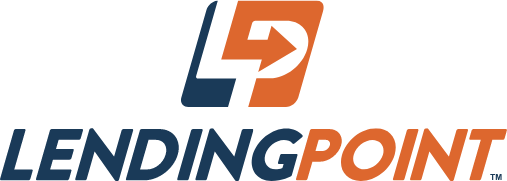 |
15.49% – 35.99% APR | $2,000 to $36,500 | 580 | 2, 3, 4 |
|
||||
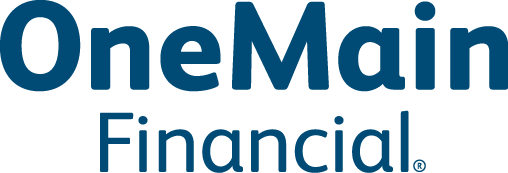 |
18.00% – 35.99% APR | $1,500 to $20,000 | None | 2, 3, 4, 5 |
|
||||
 |
8.93% – 35.93% APR7 | $1,000 to $20,000 | 580 | 3, 5 |
|
||||
 |
5.94% – 35.97% APR | $1,000 to $50,000 | 580 | 2, 3, 5, 6 |
|
||||
 |
6.46% – 35.99% APR4 | $1,000 to $50,0005 | 580 | 3 to 5 years4 |
|
||||
| Compare rates from these lenders without affecting your credit score. 100% free!Compare Now |
||||
| All APRs reflect autopay and loyalty discounts where available | LightStream disclosure | Read more about Rates and Terms | ||||
How to apply for a personal loan after bankruptcy
If you’re ready to apply for a personal loan after bankruptcy, follow these four steps:
- Check your credit. Lenders will consider your credit to determine your creditworthiness — which makes it a good idea to check your credit beforehand to know where you stand. You can use a site like AnnualCreditReport.com to review your credit reports for free. If you find any errors, dispute them with the appropriate credit bureaus to potentially boost your credit score. Also make sure that any information that should have changed following your bankruptcy discharge has been updated.
- Compare lenders and choose a loan option. Be sure to compare as many lenders as you can to find the right loan for your needs. Consider not only interest rates but also repayment terms, any fees charged by the lender, and eligibility requirements. After this, choose the loan option that best suits your needs.
- Complete the application. Once you’ve picked a lender, you’ll need to fill out a full application and submit any required documentation, such as tax returns or pay stubs.
- Get your funds. If you’re approved, the lender will have you sign for the loan so the funds can be released to you. The time to fund for personal loans is usually about one week — though some lenders will fund loans as soon as the same or next business day after approval.
Before you take out a personal loan, it’s also important to consider how much the loan will cost you. This way, you can be prepared for any added expenses. You can estimate how much you’ll pay for a loan using our personal loan calculator below.
Enter your loan information to calculate how much you could pay
With a $ loan, you will pay $ monthly and a total of $ in interest over the life of your loan. You will pay a total of $ over the life of the loan.
Need a personal loan?
Compare rates without affecting your credit score. 100% free!
Checking rates won’t affect your credit score.
What to avoid when looking for a loan post-bankruptcy
Unfortunately, there are many predatory lenders and scam artists willing to take advantage of people looking for a loan — including borrowers recovering from bankruptcy.
Here are a couple of things to avoid while you search for a loan post-bankruptcy:
- Expensive short-term loans: If you’re desperate for a loan, it could be appealing to turn to short-term options like payday loans, pawn shop loans, or car title loans as they often don’t require a credit check. However, these loans tend to come with astronomical rates and fees — sometimes as high as 500% APR — that could land you in a nearly inescapable debt cycle. You could also end up losing valuable collateral if you can’t repay the loan. Because of this, it’s best to avoid these types of loans except as a last resort.
- Personal loan scams: Before you take out a personal loan, it’s critical to make sure the loan company is legitimate. Some warning signs of personal loan scams to watch out for include demanding money upfront, pressuring you to make a fast decision, and not requiring a credit check.
Learn More: How to Get a Personal Loan
Alternatives to personal loans after filing for bankruptcy
While there are several lenders that offer personal loans for bad credit, it’s still possible that you might be denied a loan — especially if the bankruptcy was recent. Thankfully, there are also other options available that might help you access the funds you need.
Credit-builder loans
Best for: Borrowers who want to rebuild their credit
A credit-builder loan is a type of loan specifically designed to help borrowers improve their credit. Unlike a typical loan, you’ll make payments on a credit-builder loan that are deposited into a dedicated savings account.
At the end of the repayment term, you’ll get this balance back minus any interest or fees.
Making on-time payments on a credit-builder loan can help you build a positive payment history, which can boost your credit score. And because credit-builder loans are meant to help borrowers with bad credit, you don’t need to worry about having good credit to get approved.
Check Out: Getting a Loan with No Credit: 4 Loans for New Borrowers
Cosigned loans
Best for: Borrowers who know someone with good credit who is willing to cosign a loan
If you’re struggling to get approved for a personal loan, you could consider applying with a creditworthy cosigner. Not all lenders allow cosigners on personal loans, but some do. Having a cosigner might also help you get a lower interest rate than you’d get on your own.
Keep in mind that this means they’ll be on the hook if you can’t make your payments.
Learn More: Emergency Loans: How to Get a Personal Loan Fast
Secured credit cards
Best for: Borrowers with enough funds for a deposit who want access to a revolving credit line
Unlike a traditional credit card, a secured credit card requires a cash deposit as collateral for your account, which can be used by the lender to pay off your balance if you fail to make your payments. The amount you deposit will also act as your credit limit.
If you make on-time payments on your card, you could see an improvement in your score. Additionally, many lenders provide the option to switch from a secured credit card to a regular credit card once you’ve made a certain number of consecutive, on-time payments, which means you can get your deposit back.
Check Out: Direct Deposit Loans: 10 Alternative Loans with Fast Funding Times
Secured personal loan
Best for: Borrowers with a valuable item to use as collateral
Most personal loans are unsecured, which means they don’t require collateral. But there are also some lenders that offer secured personal loans. To take out a secured personal loan, you’ll need to provide collateral, such as jewelry, machinery, or another valuable item.
Because there’s less risk to the lender with this added security, you might have an easier time getting approved for a secured personal loan compared to a regular unsecured loan.
Just keep in mind that if you can’t make your payments, you risk losing your collateral.
Learn More: Personal Loans With 550 Credit Score: Can I Get One?
Home equity loan or HELOC
Best for: Homeowners with at least 15% to 20% equity in their home who have spent time rebuilding their credit
If you own your home, you might be able to tap into your home’s equity with a home equity loan or home equity line of credit (HELOC). With a home equity loan, you’ll receive a lump-sum payment to use as you wish while a HELOC provides a revolving line of credit that you can repeatedly draw on and pay off.
Because these types of loans are secured by your house, they often come with lower interest rates compared to personal loans. But this also means you risk losing your home if you can’t keep up with your payments.
Check Out: Home Equity Loan vs. Personal Loan: Which Is Right for You?
How to improve your credit score quickly
There are several strategies that can help you build your credit after going through bankruptcy, for example:
- Make on-time payments: Your payment history is one of the biggest factors that make up your credit score. If you pay all of your bills on time, you could see an improvement in your credit score.
- Pay down credit card balances: Another major factor in your credit score is your credit utilization ratio — this refers to the amount you owe on credit cards or lines of credit compared to your total credit limit. Paying down balances on credit cards could help bring your credit utilization ratio down, which could boost your credit score.
- Become an authorized user: A creditworthy family member or friend can add you as an authorized user on their credit card account. This lets you benefit from their good credit habits without even needing to use the card yourself.
- Get credit for other bills: Some services — such as a credit-monitoring service like Experian Boost — let you have other bills reported to the credit bureaus that typically wouldn’t be, such as cell phone or subscription payments. By getting credit for on-time payments on these other bills, you could see a quick improvement in your credit score.
How soon will my credit score recover after filing for bankruptcy?
This depends on the steps you take following bankruptcy. If you’re careful to maintain good credit habits — such as paying all of your bills on time and keeping your debt balances as low as possible — you could see an improvement in your credit score in the 12 to 18 months after you filed for bankruptcy.
For example, take it slow to apply for new credit so you can manage your balances without straining your budget.
If you decide to take out a personal loan after bankruptcy, remember to consider as many lenders as possible to find the right loan for you. Credible makes this easy — you can compare your prequalified rates from multiple lenders in two minutes.
Ready to find your personal loan?
Credible makes it easy to find the right loan for you.
Find My Rate
Checking rates won’t affect your credit
About Rates and Terms: Rates for personal loans provided by lenders on the Credible platform range between 4.99-35.99% APR with terms from 12 to 84 months. Rates presented include lender discounts for enrolling in autopay and loyalty programs, where applicable. Actual rates may be different from the rates advertised and/or shown and will be based on the lender’s eligibility criteria, which include factors such as credit score, loan amount, loan term, credit usage and history, and vary based on loan purpose. The lowest rates available typically require excellent credit, and for some lenders, may be reserved for specific loan purposes and/or shorter loan terms. The origination fee charged by the lenders on our platform ranges from 0% to 8%. Each lender has their own qualification criteria with respect to their autopay and loyalty discounts (e.g., some lenders require the borrower to elect autopay prior to loan funding in order to qualify for the autopay discount). All rates are determined by the lender and must be agreed upon between the borrower and the borrower’s chosen lender. For a loan of $10,000 with a three year repayment period, an interest rate of 7.99%, a $350 origination fee and an APR of 11.51%, the borrower will receive $9,650 at the time of loan funding and will make 36 monthly payments of $313.32. Assuming all on-time payments, and full performance of all terms and conditions of the loan contract and any discount programs enrolled in included in the APR/interest rate throughout the life of the loan, the borrower will pay a total of $11,279.43. As of March 12, 2019, none of the lenders on our platform require a down payment nor do they charge any prepayment penalties.
